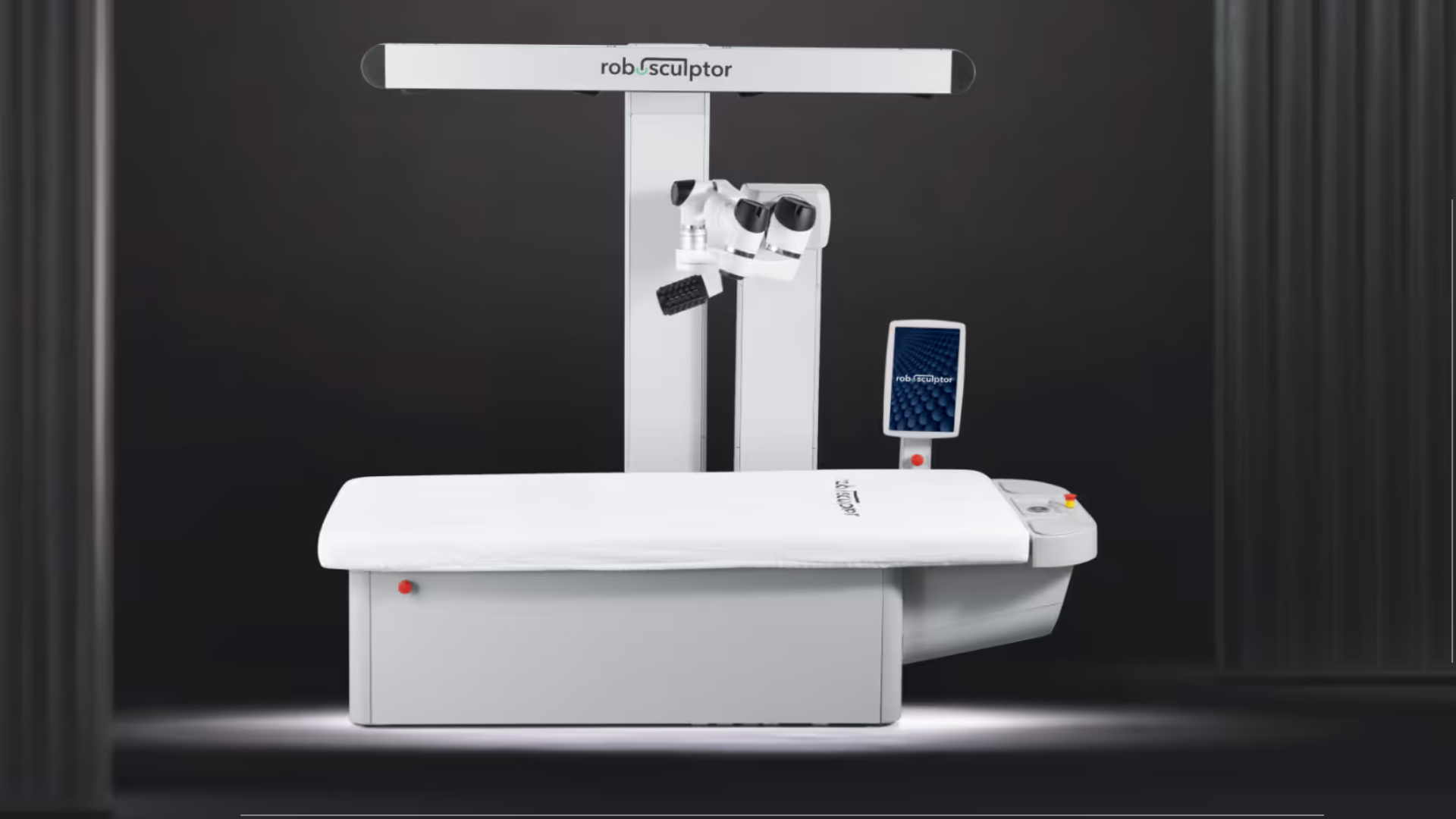The landscape of personal wellness is undergoing a significant transformation with the introduction of AI-powered massage systems, promising a new era of precision and convenience. Leading this charge is Robosculptor, a pioneer in the burgeoning field of AI massage, which has recently begun its rollout in the United States, challenging traditional notions of therapeutic touch.
Unlike human therapists, these mechanical masseurs are engineered not to replicate human interaction but to leverage sophisticated artificial intelligence for truly personalized treatment. Embedded AI analysis allows the robot to adapt to individual body types and needs, ensuring a consistent and optimally effective session every time a client engages with the system.
This innovative approach means clients can expect a uniform quality of massage, free from the variables of human fatigue or inconsistency. The core promise of Robosculptor’s robotics lies in its ability to deliver the same high-standard, data-driven therapeutic experience repeatedly, establishing a new benchmark for reliability in wellness services.
Beyond consistency, the economic advantages of automation in massage are compelling. The Robosculptor system offers a substantial increase in operational efficiency, capable of performing significantly more sessions per month compared to an average human practitioner. This enhanced capacity could translate into more accessible and potentially more affordable wellness options for consumers.
Naturally, the emergence of AI massage technology raises pertinent questions for human massage therapists. While Robosculptor asserts its device complements, rather than replaces, human expertise, particularly for basic and repeatable massage types, the broader implications for the future of work in the wellness sector warrant consideration.
The drive for efficiency and optimized margins could lead some operators to prioritize robotic solutions, potentially impacting human staffing levels. This shift underscores a critical dialogue about the balance between technological advancement and the irreplaceable value of human connection and nuanced therapeutic skill, a cornerstone of traditional massage.
Robosculptor is not alone in this innovative health tech space; other robotic massage providers have been refining their systems for years, with hardware and AI software continuously improving. As AI learns from a wider array of body types and treatment protocols, the capabilities of these robotic arms will only expand, blurring the lines between human and machine performance.
The current generation of robotics in massage may be seen as a novelty, but the rapid pace of development in wellness innovation suggests a future where AI-driven therapeutic solutions become an integral and indistinguishable part of our healthcare and personal care routines. This evolution heralds profound changes in how we approach physical well-being, powered by intelligent automation.






Leave a Reply